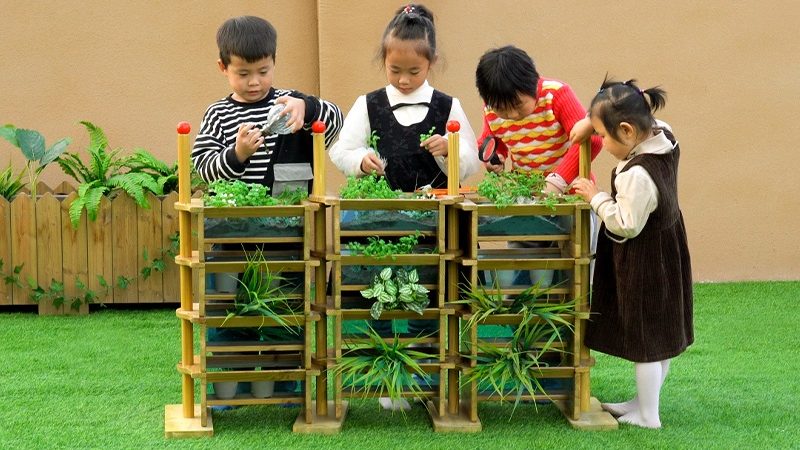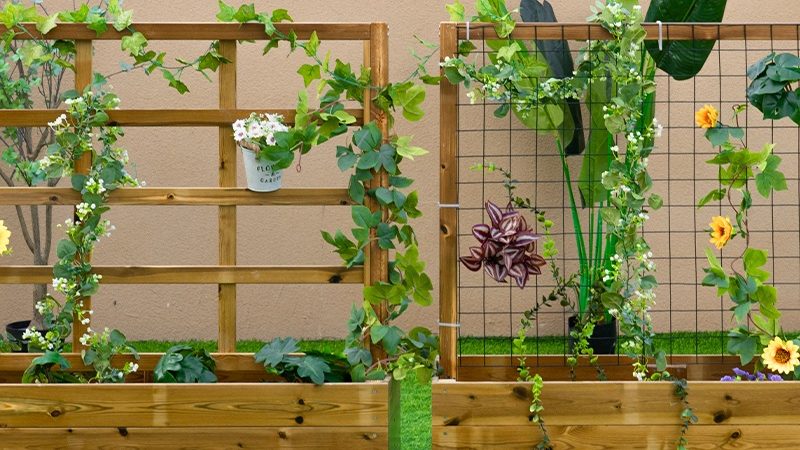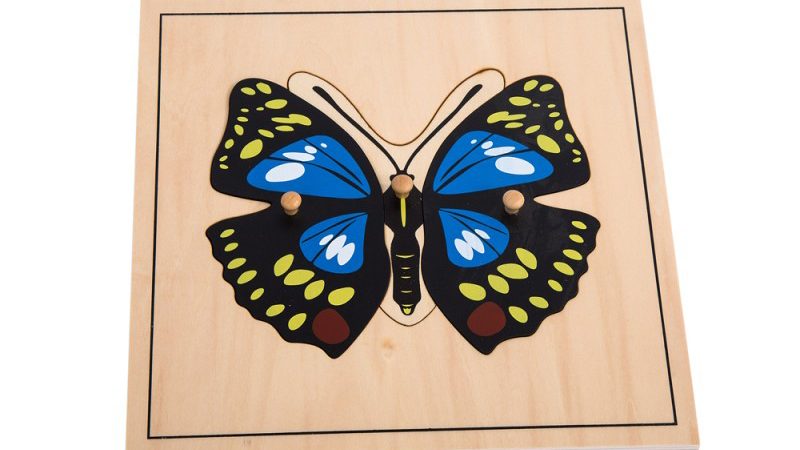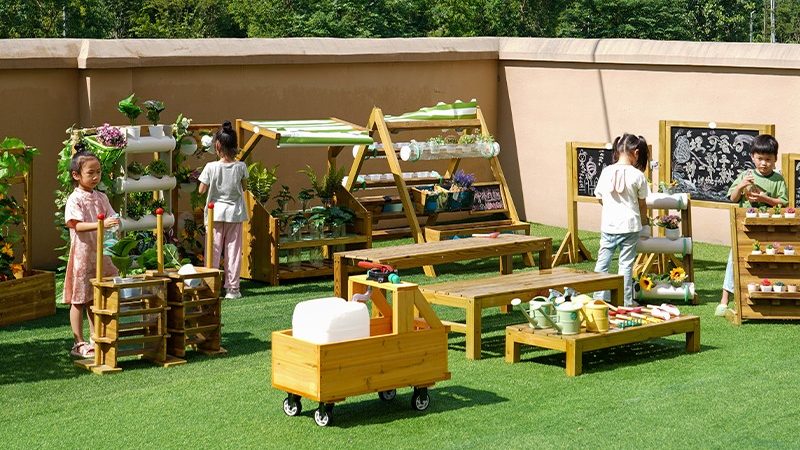A garden theme for preschoolers is one of the most enriching and versatile classroom themes you can implement. Whether you’re planning a spring curriculum or want to foster year-round nature connections, a preschool garden theme offers endless opportunities for hands-on learning across all developmental domains.
Why Choose a Garden Theme Preschool Curriculum?
A garden preschool theme naturally integrates multiple learning areas while connecting children to the natural world. Research from the American Academy of Pediatrics shows that garden-based learning helps preschoolers develop:
- Scientific thinking through observing plant growth and life cycles
- Mathematical concepts via counting seeds, measuring plants, and sorting by size and color
- Literacy skills through themed books and vocabulary building
- Fine motor development with planting, watering, and sensory exploration
- Social-emotional growth by learning patience, responsibility, and care for living things
According to NAEYC (National Association for the Education of Young Children), children who engage with garden themes often develop stronger environmental awareness and healthier eating habits, especially when they grow and harvest vegetables themselves.
Setting Up Your Garden Theme Learning Environment
Dramatic Play Garden Center
Transform your dramatic play area into a flower shop or garden nursery. Include:
- Artificial flowers in various colors and types
- Small plant pots (wooden or plastic)
- Toy gardening tools set: shovels, rakes, watering cans
- Garden gloves and sun hats
- Shopping bags and a pretend cash register
- Seed packets (empty or printable labels)

Wooden toy tip: Natural wooden vegetables, fruits, and gardening tool sets are perfect for this area, offering durability and tactile appeal that plastic toys cannot match.
Science and Discovery Station
Create a living garden observation area where children can:
- Plant seeds in clear containers to watch root development
- Use magnifying glasses to examine soil, seeds, and insects
- Sort vegetables and fruits into categories
- Observe bean sprouts growing in sealed plastic bags with wet paper towels
- Study flower parts with real specimens or models
The Life Lab Science Program provides excellent research-based curricula for garden-based education that can supplement your theme activities.
Sensory Garden Bins
Fill sensory tables with:
- Base materials: Brown rice (dyed to look like soil), black beans, or actual potting soil
- Add-ins: Plastic or wooden vegetables, silk flowers, pom poms as “seeds,” small pots, scoops
- Tools: Child-safe garden tools, measuring cups, funnels
Garden Theme Activities by Learning Domain
Literacy and Language Activities
Letter Recognition Garden Games
- Plant letter seeds: Match uppercase and lowercase letters on flower shapes
- Garden alphabet scavenger hunt using letter tiles hidden in sensory bins
- Compound word gardening: Combine word parts to “grow” new words
- Name planting: Children arrange wooden letter tiles to spell their names in garden pots
Garden-Themed Books Essential reads include “The Tiny Seed,” “Lola Plants a Garden,” “Up in the Garden and Down in the Dirt,” and “Plant the Tiny Seed.” Scholastic offers comprehensive book lists for garden themes.
Math and Numeracy Centers
Counting and Number Recognition
- Petal counting: Add the correct number of petals to numbered flower centers
- Vegetable clip cards: Use clothespins to show quantities
- Seed counting with tweezers for fine motor practice
- Garden ten frames with wooden flower or vegetable counters
Measurement Activities
- Track plant growth using non-standard units (linking cubes, paper clips)
- Compare flower heights using printable measurement cards
- Sort wooden vegetables and garden items by size: big to small
Wooden manipulative advantage: Natural wooden counters shaped like vegetables, flowers, or garden tools provide excellent tactile feedback for counting and sorting activities, as supported by research from Zero to Three.
Fine Motor Development
Garden-Themed Fine Motor Activities
- Pre-writing strokes on garden tracing cards
- Flower lacing cards with yarn or pipe cleaners
- Play dough gardens: Press wooden flowers and vegetables into dough
- Cutting practice with flower shapes
- Threading beads onto pipe cleaner flower stems
- Using wooden tongs or tweezers to transfer “seeds” (pom poms, beans)

Art and Creative Expression
Garden Craft Ideas
- Coffee filter butterflies with watercolor
- Flower printing using real or artificial flowers dipped in paint
- Vegetable stamping (celery makes roses, cut potatoes for shapes)
- Torn tissue paper flower collages
- 3D flowers from paper muffin cups and pipe cleaners
- Hand-painted flower pots children can take home
For more creative art techniques, The Artful Parent offers excellent process-art ideas suitable for garden themes.
Outdoor Garden Activities
Hands-On Planting Projects
- Create a classroom vegetable garden in containers
- Grow fast-germinating seeds like beans, radishes, and sunflowers
- Plant herb gardens in small pots children can care for
- Start eggshell gardens as individual take-home projects
- Grow microgreens in trays for quick results and nutritious snacks
The KidsGardening organization provides free lesson plans and grant opportunities for school gardens.
Nature Exploration
- Garden scavenger hunts with picture checklists
- Insect observation with magnifying glasses
- Flower and leaf pressing
- Making bird feeders from pine cones or toilet paper rolls
- Worm observation bins
Thematic Learning Activities
Plant Life Cycle Studies
Help preschoolers understand how plants grow:
- Seed to plant sequences: Use picture cards showing growth stages
- Hands-on observation: Plant seeds in clear containers
- Documentation: Take photos weekly to create a growth timeline
- Movement activities: Children act out being seeds that sprout and grow
Parts of a Flower
Teach flower anatomy through:
- Dissecting real flowers to identify petals, stems, leaves, and roots
- DIY wooden puzzles showing flower parts with labels
- Building flowers from recyclable materials (toilet paper rolls, egg cartons)
Garden Helpers
Explore beneficial insects and pollinators:
- Study bees, butterflies, ladybugs, and worms
- Discuss their roles in gardens
- Create insect scavenger hunts using wooden insect figures
- Build bug houses for observation

The Xerces Society offers excellent educational materials about pollinators for young children.
Weekly Garden Theme Lesson Plan Structure
Monday: Introduction and Planting
- Read a garden book
- Plant seeds in clear containers
- Introduce garden vocabulary with wooden vocabulary cards
Tuesday: Math and Counting
- Flower counting activities with wooden counters
- Vegetable sorting by color/size
- Garden-themed number games
Wednesday: Science Exploration
- Observe planted seeds
- Explore soil and compost
- Study flower parts
Thursday: Literacy and Fine Motor
- Letter matching with wooden alphabet garden themes
- Cutting and tracing activities
- Garden dramatic play with wooden garden tools
Friday: Art and Celebration
- Create garden crafts
- Harvest activity (if applicable)
- Share and display work
Materials and Resources for Garden Theme Preschool
Essential Manipulatives
For maximum engagement and durability, consider investing in:
- Wooden vegetables and fruits: Realistic shapes for sorting, counting, and dramatic play
- Natural wood garden tool sets: Child-sized, safe alternatives to real tools
- Wooden flower puzzles: Multi-piece puzzles teaching shapes and colors
- Sorting trays and containers: For classification activities

Printable Resources
Create or source:
- Garden vocabulary flashcards
- Number and counting mats
- Letter matching games
- Plant life cycle sequencing cards
- Garden scavenger hunt sheets
Teachers Pay Teachers offers thousands of garden-themed printables created by educators.
Live Materials
- Actual seeds and plants
- Fresh vegetables for observation
- Real gardening tools (child-safe)
- Soil and natural materials
Tips for Success with Garden Preschool Theme
1. Start Simple Begin with easy-to-grow plants like beans, sunflowers, or herbs that show results quickly.
2. Make Connections Link indoor learning to outdoor observations. When children see gardens in their neighborhoods, they’ll connect it to classroom activities.
3. Incorporate All Senses Let children touch, smell, taste (safely), hear, and see garden elements using wooden sensory toys and real materials.
4. Document Growth Take photos regularly so children can see changes over time, reinforcing concepts of growth and patience.
5. Create Take-Home Projects Send seeds, mini pots, or craft projects home to extend learning and involve families.
6. Safety First When using outdoor activities:
- Apply sunscreen regularly
- Provide water stations
- Use child-safe tools
- Supervise closely around soil and small items
- Avoid toxic plants
The CDC’s guidelines for outdoor play safety provides important safety information.
Adapting for Different Age Groups
Toddlers (18 months – 3 years)
- Focus on sensory exploration
- Simple color matching with wooden flowers
- Large motor activities like watering
- Basic vocabulary introduction
Preschoolers (3-4 years)
- Introduce counting and patterns with wooden manipulatives
- Simple planting activities
- Letter recognition games
- Dramatic play scenarios
Pre-Kindergarten (4-5 years)
- More complex counting and math
- Letter sounds and early writing
- Scientific observation and prediction
- Measuring and graphing plant growth
Integrating Wooden Educational Toys
Quality wooden educational toys enhance a preschool garden theme by providing:
- Durability: Wooden materials withstand repeated classroom use
- Sensory appeal: Natural textures support tactile development as recommended by Montessori educational philosophy
- Open-ended play: Simple wooden vegetables and tools encourage imagination
- Sustainability: Eco-friendly materials align with nature themes
- Aesthetic value: Natural wood creates an inviting learning environment
Consider wooden garden sets that include vegetables, fruits, flowers, tools, and planting pots that children can use across multiple learning centers.
Conclusion
A preschool theme garden offers rich, multifaceted learning experiences that connect children with nature while building essential developmental skills. By combining hands-on planting, themed learning centers, creative activities, and quality wooden educational materials, you create an engaging curriculum that children will remember long after the theme ends.
Whether you’re teaching about plant life cycles, practicing counting with vegetable manipulatives, or fostering responsibility through plant care, the garden theme preschool approach nurtures both plants and young minds, planting seeds of curiosity that will continue to grow.
For more early childhood education resources, visit NAEYC and PBS Kids for Parents.
Browse All Garden Theme Products | Contact Us for Bulk Orders